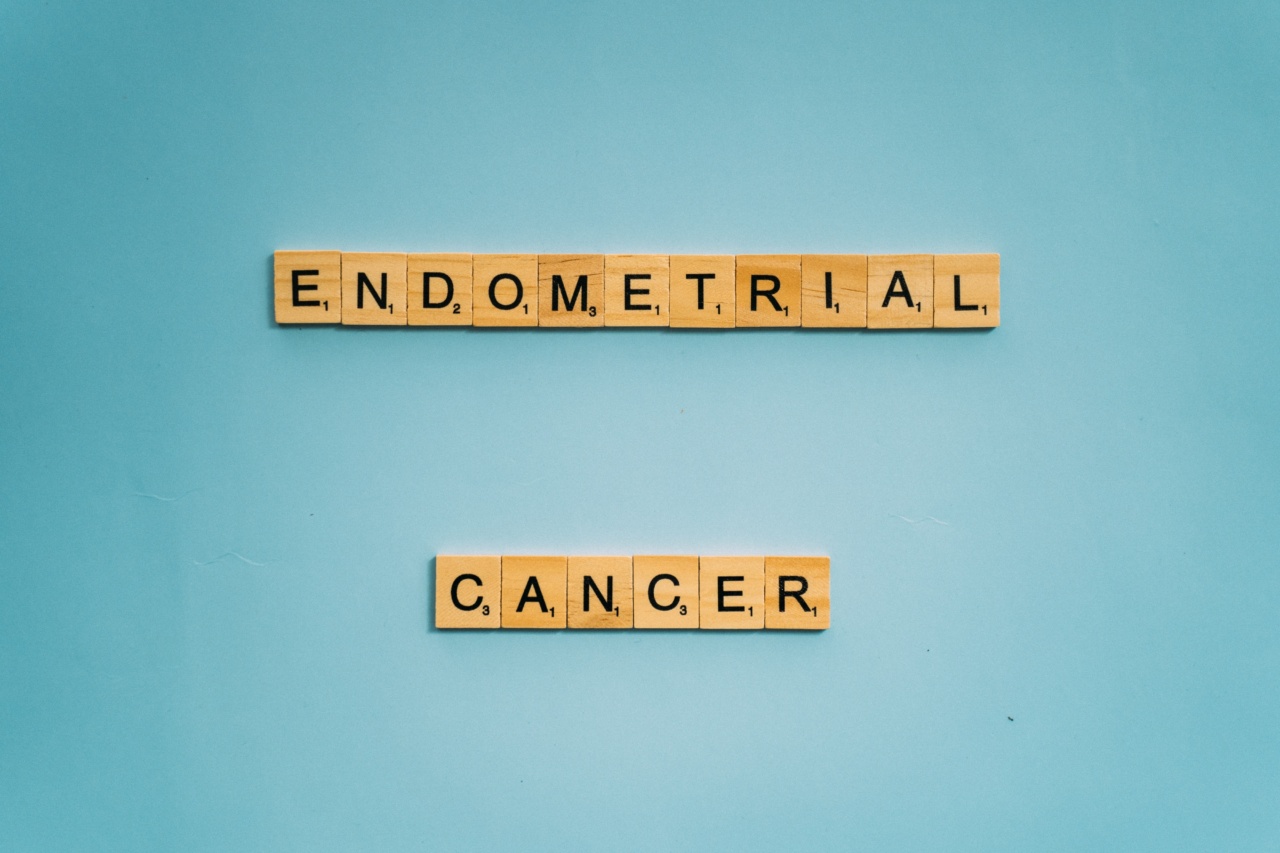Menopause signifies the end of a woman’s menstrual cycle, but it is not only about a cessation of periods.
Menopause is a phenomenon, which results in a decline in various hormone levels, including estrogen and progesterone, which regulate female reproductive cycles. Hormonal imbalances and changes can cause a host of different symptoms, including menopausal vaginal hemorrhage, which is often a sign of endometrial cancer.
Understanding Menopausal Vaginal Hemorrhage
Menopausal vaginal bleeding, also known as postmenopausal bleeding, can entail spotting, light bleeding, or heavy bleeding that occurs in women who have undergone menopause, i.e., they have not had any menstrual periods for at least 12 months.
Postmenopausal vaginal bleeding can be a sign of certain underlying conditions, including endometrial cancer, cervical cancer, uterine fibroids, hormonal imbalances, vaginal infections or atrophy, and abnormal growths or polyps in or around the uterus.
What Causes Menopausal Vaginal Hemorrhage?
Although menopausal vaginal bleeding can be a symptom of some benign conditions, such as vaginal atrophy or fibroids, vaginal bleeding that occurs during or after menopause is also linked to endometrial cancer.
As women age, the endometrial lining of the uterus can become thicker, due to a decline of estrogen levels. In some situations, cancerous cells can develop in this thickened tissue, which is known as endometrial hyperplasia. This can result in postmenopausal bleeding.
What is Endometrial Cancer?
Endometrial cancer is a form of uterine cancer that begins in the inner lining of the uterus, known as the endometrium. Endometrial cancer is the most common type of uterine cancer, and is usually identified by postmenopausal vaginal bleeding.
Some other symptoms of endometrial cancer include pelvic pain, pain during intercourse, and unusual vaginal discharge. The good news is that endometrial cancer is highly treatable if diagnosed early, but it must be treated promptly in order to prevent the cancer from spreading or growing.
What Are The Risk Factors For Endometrial Cancer?
Endometrial cancer is most commonly diagnosed in women aged 50 and above, and the risk increases as a woman ages.
Other risk factors include obesity, a family history of endometrial, ovarian, or colon cancer, having an early onset of menstruation (prior to age 12), a late onset of menopause (after age 52), not having children, taking estrogen replacement therapy, or having diabetes.
Diagnosis of Menopausal Vaginal Hemorrhage and Endometrial Cancer
If a woman is experiencing postmenopausal bleeding, she must seek medical attention immediately. Her physician may conduct several diagnostic tests to better understand the cause of the bleeding, some of which include:.
- Endometrial biopsy: This is the most common and effective diagnostic test to detect endometrial cancer. A sample of endometrial tissue is collected by inserting a thin, flexible tube into the uterus through the cervix.
- Transvaginal ultrasound: This is a non-invasive diagnostic tool where an ultrasound wand is inserted into the vagina to create images of the endometrium, cervix, and uterus.
- Dilation and curettage (D&C): D&C is a more invasive test that involves the doctor dilating the cervix and removing samples of the endometrial lining for examination under a microscope.
Treatment of Endometrial Cancer
The treatment options for endometrial cancer depend on the stage of the disease and range from surgery to radiation and chemotherapy. Surgery is the most common treatment option for endometrial cancer.
The kind of surgery depends on the stage of cancer and may involve removing the uterus, cervix, fallopian tubes, ovaries, or lymph nodes in the pelvic region.
Prevention of Endometrial Cancer
While some risk factors for endometrial cancer, such as family history or age, cannot be controlled, certain lifestyle changes can help prevent the onset of endometrial cancer.
These include maintaining a healthy weight, engaging in regular physical activity, having a balanced diet rich in whole grains, fruit, and vegetables, avoiding smoking, and limiting alcohol intake. It is also important for women to undergo regular gynecological exams, including Pap smears, and to report any unusual symptoms, such as postmenopausal bleeding, to their physician.
Conclusion
Menopausal vaginal hemorrhage can be an alarming symptom of endometrial cancer. It is important to seek medical attention immediately and undergo regular gynecological exams to catch the cancer in its early stages.
Lifestyle changes, in combination with prompt medical treatment, can help prevent and treat endometrial cancer effectively.





























